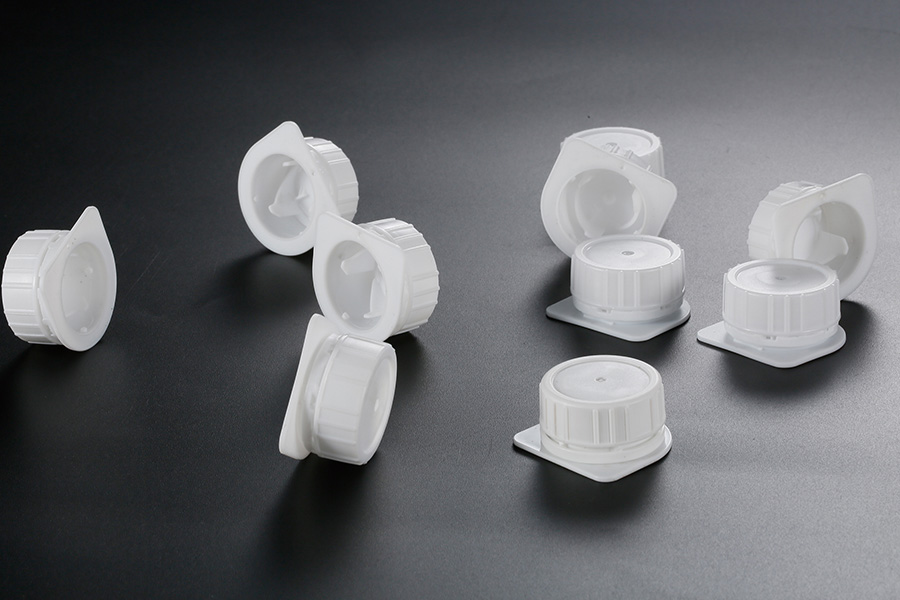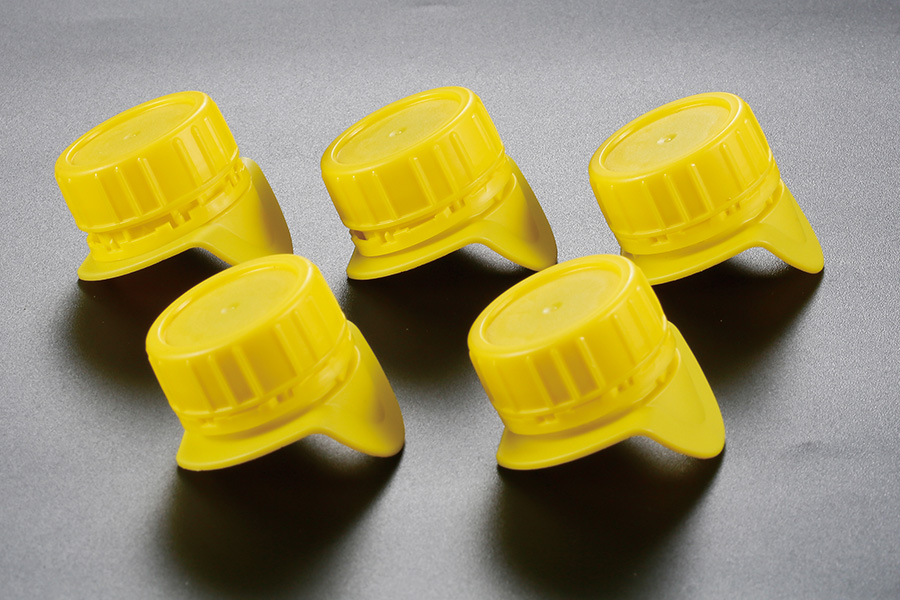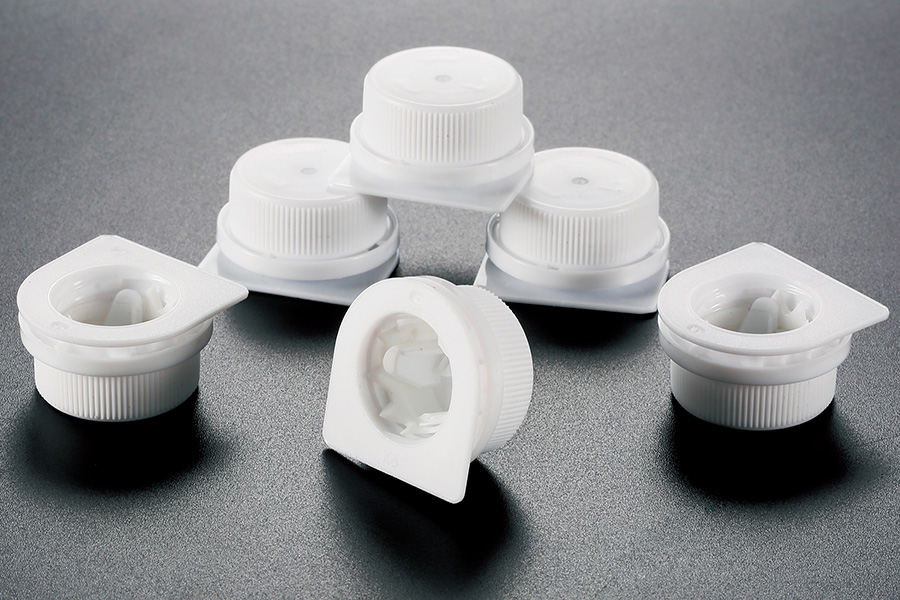Packaging plays a crucial role in how consumers perceive and interact with products, and this is particularly true for plastic bottle lids and plastic cap closures. Across different regions, varying consumer habits, environmental concerns, and regulatory requirements influence the design and functionality of these components. Understanding these regional packaging preferences is essential for manufacturers and brands aiming to deliver effective and appealing packaging solutions.

In many parts of Asia, convenience and ease of use are significant factors shaping the demand for plastic bottle lids and plastic cap closures. Consumers often prefer packaging that allows for one-handed operation, quick opening, and secure resealing. This has led to a rise in the popularity of flip-top caps and push-pull closures that facilitate easy pouring without the need to completely remove the cap. Additionally, in this region, there is a growing interest in plastic cap closures that incorporate tamper-evident features to ensure product safety. Manufacturers responding to these preferences focus on creating caps that combine functionality with user-friendly design, meeting the expectations of busy consumers who value practicality.
In contrast, European markets tend to place a stronger emphasis on sustainability and environmental impact. Here, plastic bottle lids and plastic cap closures are increasingly being designed with recyclable materials and lightweight constructions. Consumers and regulators alike are pushing for packaging solutions that reduce plastic waste without compromising product protection. This has driven innovations such as caps made from recycled plastics or designed for easy separation from bottles during recycling processes. The design approach in Europe often includes tethered caps, which remain attached to the bottle after opening, helping to reduce litter and improve recycling rates. Consequently, manufacturers serving this market adapt their plastic bottle lids and plastic cap closures to comply with these environmental standards and consumer expectations.
North America presents a different set of challenges and opportunities regarding plastic bottle lids and plastic cap closures. Here, a mix of functionality, branding, and regulatory compliance influences cap design. Caps must often include child-resistant features for certain products, especially pharmaceuticals and household chemicals, to prevent accidental ingestion. At the same time, consumers expect packaging that is convenient and easy to handle. Branding also plays a role, with custom plastic cap closures offering opportunities for companies to differentiate their products through unique shapes, colors, and textures. Additionally, regulations concerning food safety and material compliance drive the selection of materials and manufacturing processes for plastic bottle lids and plastic cap closures in this region.
Emerging markets, such as those in Africa and Latin America, exhibit a wide variety of packaging preferences influenced by local infrastructure, climate, and economic factors. Plastic bottle lids and plastic cap closures in these regions often need to balance cost-effectiveness with durability. Caps designed for beverages in hot climates, for example, must maintain integrity despite exposure to high temperatures and humidity. Moreover, affordability remains a critical concern, pushing manufacturers to develop plastic cap closures that deliver reliable performance at competitive prices. Local consumer habits, such as preference for certain beverage sizes or types, also influence cap styles, with screw caps and simple flip-top designs being popular choices.
Across all these regions, the common thread is that plastic bottle lids and plastic cap closures are not one-size-fits-all products. Manufacturers must carefully analyze regional preferences and regulatory frameworks to design caps that meet both functional and market demands. The interplay between convenience, safety, sustainability, and branding drives continuous innovation in this sector. For instance, advances in injection molding techniques allow for more intricate cap designs that cater to specific user needs or brand identities while maintaining production efficiency.
In summary, regional packaging preferences significantly impact the design and development of plastic bottle lids and plastic cap closures. Whether prioritizing ease of use, environmental sustainability, child safety, or cost-effectiveness, manufacturers must adapt their products to diverse market requirements. Understanding these nuances enables companies to offer plastic cap closures that enhance consumer satisfaction and align with local regulations. As packaging trends continue to evolve worldwide, the ability to respond to regional demands will remain a key factor in the success of plastic bottle lid and plastic cap closure innovations.


 English
English  русский
русский عربى
عربى



